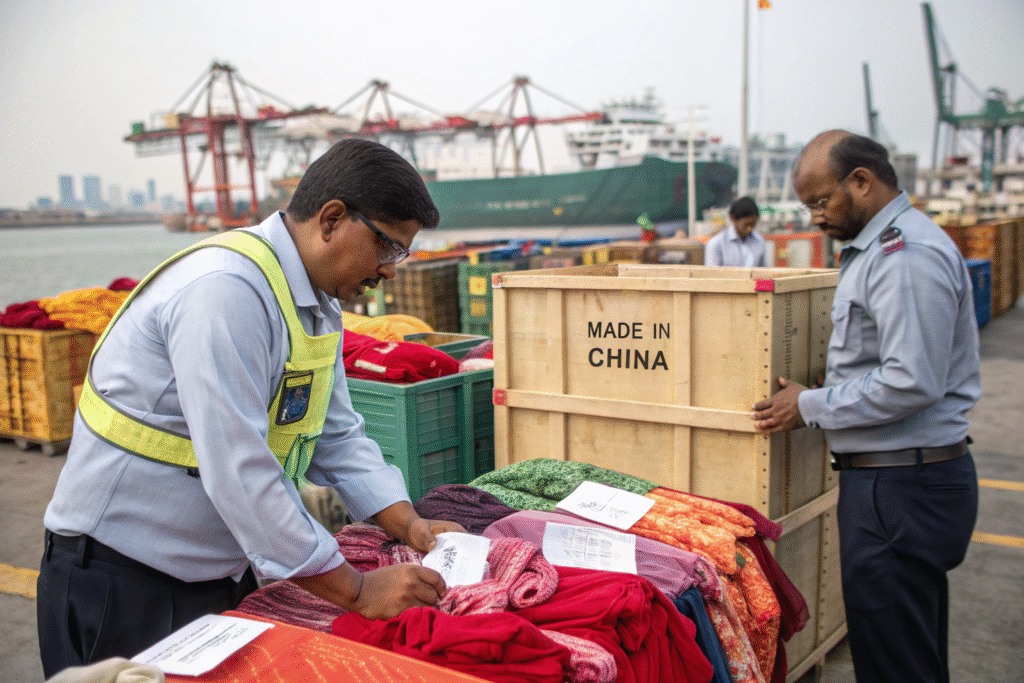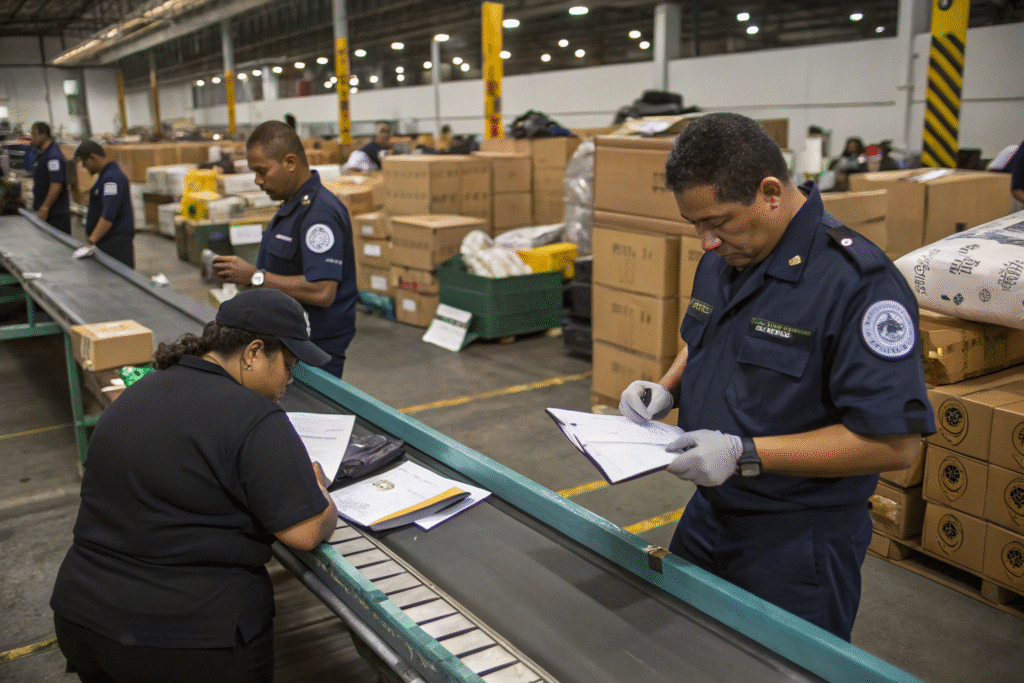As global trade enters a new chapter in 2025, businesses shipping from China face more than just freight challenges—they now have to navigate shifting import duty structures worldwide. With each country enforcing its own set of updated tariffs and classifications, staying uninformed could lead to overpaying duties, delays at customs, or supply chain chaos.
This article provides a country-by-country breakdown of 2025 import duties, their applicable product categories, and actionable advice for importers looking to minimize costs.
At GeeseCargo, we’ve helped hundreds of clients adjust their strategies as duties rise or shift. Whether you’re shipping apparel, electronics, or lifestyle goods, understanding how each market handles import tax in 2025 can save you thousands.
What Are the 2025 U.S. Import Duties by Product Type?

How Much Duty Is Charged on Clothing and Accessories in the U.S.?
In 2025, the United States continues to impose significant duties on textile and apparel goods imported from China. Most clothing items fall under a 16.5% to 28% ad valorem duty, depending on fabric type and construction. For instance, cotton t-shirts now face a 19.7% rate, while synthetic outerwear can be as high as 28%.
According to the U.S. Harmonized Tariff Schedule (HTS), accessories like scarves, belts, and bags generally fall in the 8.5% to 20% range. The highest rates are usually applied to synthetic blends or luxury labels. Brands shipping from China should be extra cautious of Section 301 tariffs, which continue to affect certain electronics and industrial parts.
Are Electronics Still Targeted by High Tariffs?
Yes. Electronics from China—including components like semiconductors, circuit boards, and finished goods such as tablets and smartwatches—are still subject to 7.5% to 25% tariffs under ongoing Section 301 measures. The Biden administration announced in early 2025 that these rates will remain in place “until further review.”
For companies that import tech products in volume, this adds a heavy burden unless tariff engineering or alternate routing is used. Some U.S. distributors are now seeking free trade zones to defer these charges.
How Do EU Import Duties Compare in 2025?

Are EU Tariffs on Apparel Lower Than the U.S.?
Generally, yes. The European Union imposes lower rates on many apparel categories. For example, knit shirts made in China face a 12% rate, while synthetic outerwear is around 12% to 14%. Accessories such as hats, gloves, and belts average between 2% to 8%.
According to the EU TARIC database, customs duties vary by fabric content, purpose (e.g., industrial vs retail), and rules of origin. EU importers must also consider VAT, which ranges between 19–25% depending on the country.
What Goods Are Subject to Anti-Dumping Measures?
In 2025, the EU maintains anti-dumping duties on Chinese products such as certain steel items, bicycles, and solar panels. These range from 20% to 70%, and are often applied in addition to standard tariffs.
To avoid overpayment, importers should use Binding Tariff Information (BTI), which allows pre-confirmation of the correct HS codes and tariff rates.
What Are the 2025 Import Duties in India?

How High Are India’s Duties on Consumer Goods?
India is known for high import tariffs, and 2025 is no exception. Consumer goods such as fashion apparel, watches, and household electronics now face Basic Customs Duty (BCD) rates between 20% to 35%. In some cases, the effective duty after including GST and cess exceeds 40%.
As per the Central Board of Indirect Taxes and Customs (CBIC), apparel has a base duty of 20%, and synthetic materials are often taxed at higher rates. In addition, India has removed several exemptions for low-value imports, which further increases the cost for DTC brands.
Is There Any Relief for Garments in 2025?
India has introduced a Production Linked Incentive (PLI) program to reduce dependence on imports. As a result, select garment categories produced under special agreements or exported via bonded zones can get duty deferral.
However, unless your supply chain is already tied to India’s bonded warehousing system or Special Economic Zones (SEZs), your shipments will still be hit with full customs and GST charges.
What Are the Changes in Brazil’s Import Duties?

Has Brazil Raised Duties on Fashion Goods?
Yes. As of Q2 2025, Brazil’s CAMEX (Chamber of Foreign Trade) implemented an increase on textile and footwear imports from China. Leather bags and shoes now face tariffs of 30%–35%, up from 18% previously. These changes are part of Brazil’s attempt to protect its local artisans and manufacturers.
Importers must also be aware of additional taxes like IPI (Excise Tax), ICMS (State Tax), and PIS/COFINS, which are layered on top of customs duties. This creates an effective tax burden as high as 65% on some finished goods.
What Are the Workarounds for These Tariffs?
Freight forwarders now suggest drawback regimes, under which duties are reimbursed if goods are re-exported or transformed in-country. This works best for brands doing light assembly or finishing in Brazil. Otherwise, using bonded logistics centers is advised.
Conclusion
The 2025 import duty landscape varies drastically by country. The U.S. continues its protectionist policies, while the EU remains relatively moderate. India is aggressively taxing to boost domestic output, and Brazil is defending its fashion sector through high tariffs.
If you’re an importer sourcing goods from China, you need a partner who can interpret these rules quickly and help you route shipments accordingly. At GeeseCargo, we specialize in guiding clients through complex customs challenges. From tariff code analysis to bonded warehousing, we reduce your risks and protect your margins.
Contact Ben Zhu today at benzhu@geesecargo.com and let's plan your 2025 logistics strategy together.









